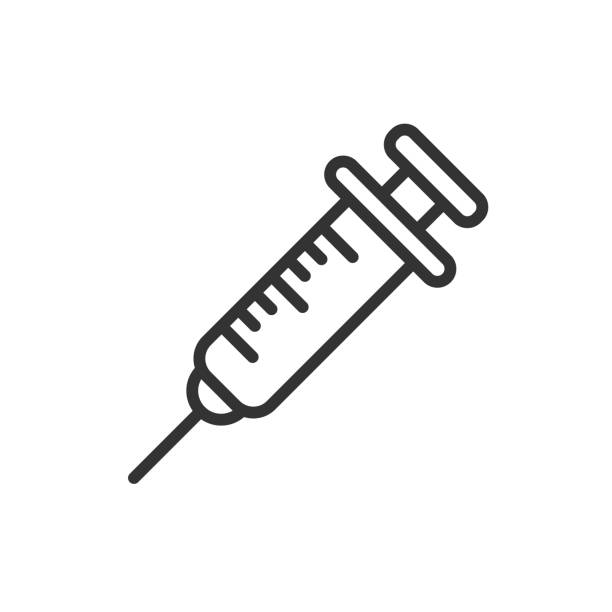Indications
Amiodarone Hydrochloride is an antiarrhythmic agent indicated for initiation of treatment and prophylaxis of frequently recurring ventricular fibrillation (VF) and hemodynamically unstable ventricular tachycardia (VT) in patients refractory to other therapy.
Pharmacology
Amiodarone is generally considered a class III antiarrhythmic drug, but it possesses electrophysiologic characteristics of all four Vaughan Williams classes. Like class I drugs, amiodarone blocks sodium channels at rapid pacing frequencies, and like class II drugs, amiodarone exerts a noncompetitive antisympathetic action. One of its main effects, with prolonged administration, is to lengthen the cardiac action potential, a class III effect. The negative chronotropic effect of amiodarone in nodal tissues is similar to the effect of class IV drugs. In addition to blocking sodium channels, amiodarone blocks myocardial potassium channels, which contributes to slowing of conduction and prolongation of refractoriness. The antisympathetic action and the block of calcium and potassium channels are responsible for the negative dromotropic effects on the sinus node and for the slowing of conduction and prolongation of refractoriness in the atrioventricular (AV) node. Its vasodilatory action can decrease cardiac workload and consequently myocardial oxygen consumption.
Dosage And Administration
The recommended starting dose is about 1000 mg over the first 24 hours of therapy, delivered by the following infusion regimen:
- Initial Load: 150 mg per 100 mL (in D5W or Normal Saline) infused over 10 minutes
- Followed by: 1 mg/min for 6 hours
- Followed by: 0.5 mg/min thereafter
In the event of breakthrough episodes of VF or hemodynamically unstable VT:
- Repeat the Initial Load described above as needed (infused over 10 minutes)
Increase the rate of maintenance infusion to achieve effective arrhythmia suppression.
Interaction
Since amiodarone is a substrate for CYP3A and CYP2C8, drugs/substances that inhibit these isoenzymes may decrease the metabolism and increase serum concentration of amiodarone.
Amiodarone inhibits p-glycoprotein and certain CYP450 enzymes, including CYP1A2, CYP2C9, CYP2D6, and CYP3A. This inhibition can result in unexpectedly high plasma levels of other drugs which are metabolized by those CYP450 enzymes or are substrates for p-glycoprotein.
- If simvastatin is co-administered with amiodarone, do not exceed doses greater than 20 mg daily of simvastatin.
- If lovastatin is co-administered with amiodarone, do not exceed doses greater than 40 mg daily of lovastatin.
Fluoroquinolones, macrolide antibiotics, and azoles are known to cause QTc prolongation. There have been reports of QTc prolongation, with or without TdP, in patients taking amiodarone when fluoroquinolones, macrolide antibiotics, or azoles were administered concomitantly.
Contraindications
Amiodarone Hydrochloride is contraindicated in patients with :
- Known hypersensitivity to any of the components of Amiodarone, including iodine
- Cardiogenic shock
- Marked sinus bradycardia
- Second- or third-degree atrio-ventricular (AV) block unless a functioning pacemaker is available.
Side Effects
- The most common adverse reactions (1-2%) leading to discontinuation of intravenous amiodarone therapy are hypotension, asystole/cardiac arrest/pulseless electrical activity, VT, and cardiogenic shock. (6)
- Other important adverse reactions are, torsade de pointes (TdP), congestive heart failure, and liver function test abnormalities.
Pregnancy And Lactation
Use Amiodarone during pregnancy only if the potential benefit to the mother justifies the risk to the fetus. miodarone and one of its major metabolites, desethylamiodarone (DEA), are excreted in human milk, suggesting that breast-feeding could expose the nursing infant to a significant dose of the drug. Advise mothers to discontinue breast feeding.
Precautions And Warnings
- Hypotension: Treat initially by slowing the infusion; additional standard therapy may be needed, including the following: vasopressor drugs, positive inotropic agents, and volume expansion.
- Bradycardia and AV block: Treat by slowing the infusion rate or discontinuing Amiodarone Hydrochloride.
Overdose Effects
There have been cases, some fatal, of amiodarone overdose. Effects of an inadvertent overdose of intravenous amiodarone include hypotension, cardiogenic shock, bradycardia, AV block, and hepatotoxicity. Treat hypotension and cardiogenic shock by slowing the infusion rate or with standard therapy: vasopressor drugs, positive inotropic agents, and volume expansion. Bradycardia and AV block may require temporary pacing. Monitor hepatic enzyme concentrations closely. Amiodarone is not dialyzable.
Therapeutic Class
Potassium channel blockers
Use in special populations
Pediatric use: The safety and efficacy of amiodarone in the pediatric population have not been established.
Geriatric Use: Clinical studies of amiodarone did not include sufficient numbers of subjects aged 65 and over to determine whether they respond differently from younger subjects. Other reported clinical experience has not identified differences in responses between the elderly and younger patients. Carefully consider dose selection in an elderly patient. In general, start at the low end of the dosing range in the elderly to reflect the greater frequency of decreased hepatic, renal, or cardiac function, and concomitant disease or other drug therapy.
Storage Conditions
Store at 20° to 25°C. Protect from light and excessive heat. Use carton or blister pack to protect contents from light until used.
